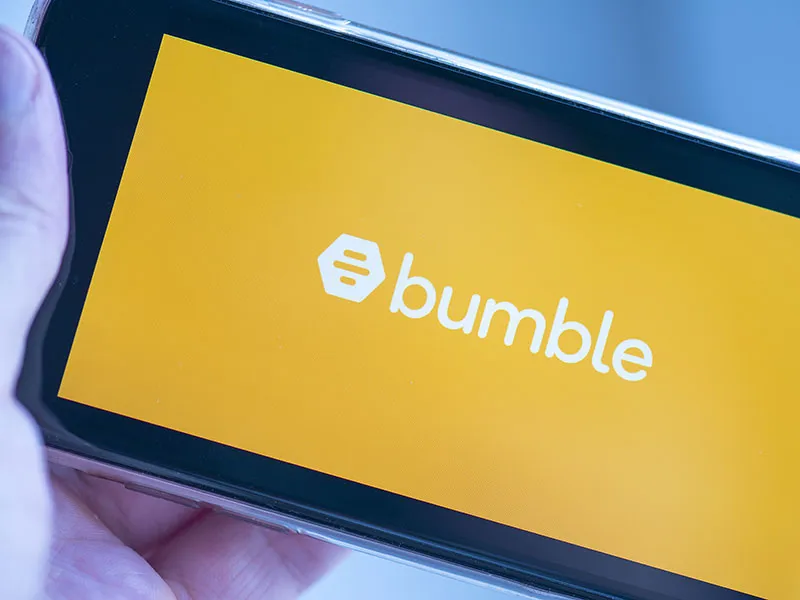Duolingo reported strong revenues and subscriber growth, though its costs remain high. Additionally, the company offered a bit of insight into its plans for more international growth.
As a former Duolingo user, I was debating writing this in my conversational German, my sub-par Spanish or my utterly abysmal Portuguese. However, until I get a few more lessons in I’m going to opt to play things safe and stick with English.
#Did Duolingo beat expectations?
Duolingo’s revenue topped expectations to come in at $63.6m for the three-month period. Analysts had expected the company to achieve just $60.5m. This also amounted to an increase of 40% from the prior year quarter. The company asserted that this showed the “durability” of the growth achieved during the height of the COVID pandemic.
Meanwhile, Net loss totalled $29.0m, compared to a net loss of $3.2m in the prior year quarter, with Duolingo attributing the majority of this change to IPO-related costs.
Monthly active users increased to an all-time high of 41.7 million, while the number of paid subscribers jumped by 49% compared to the same point in 2021 to reach 2.2 million at quarter end.
Subscription revenues climbed by 42% following the increase in subscriber numbers, while advertising revenues increased by 34% to $9.0m. This was attributed to an increase in daily active users, which resulted in increased advertisements served. Additionally, Duolingo saw a year-over-year increase in advertising revenue per daily active user.
Even so, Duolingo missed expectations in for its EPS. The language app recorded a net loss of $0.98 per share, worse than analysts’ prediction of a $0.95 per share loss.
The founder’s reaction
The EdTech company's co-founder and CEO, Luis von Ahn, commented: “Our performance during the third quarter was exceptional. We achieved record bookings and a record number of paid subscribers, with monthly and daily users also reaching all-time highs.
“I’m very proud that we continue to grow rapidly, even on top of last year’s extraordinary performance, furthering our mission to develop the best education in the world and make it universally available."
#What guidance did Duolingo provide?
The language-learning app estimated that its fourth quarter revenue would be between $66.5m and $69.5m. That would constitute further revenue growth from the three months ended 30 September.
Meanwhile, adjusted EBITDA was seen as coming in between a loss of $6.5 or $3.5 per share. This would be a loss far more under control than in the third quarter, though the outfit would not be dealing with the one-off IPO costs.
Duolingo also raised its full year guidance on bookings to between $282.5m and $285.5m. This would constitute year-over-year growth of 49 to 50%.
Additionally, Duolingo used the earnings call to emphasise the seasonality of its business. Chief financial officer, Matt Skaruppa, said the company’s user metrics fluctuated around holiday seasons and strong marketing pushes.
As such, relatively flat user activity is expected in November and early December. However, a spike is expected in late December and January as people are likely to pick learning a second language as a New Year’s resolution.
#Duolingo's International expansion
Another item touched upon during the earnings call was ambitions for international expansion. The app is available all around the world but pricing structure does not vary hugely at the moment.
Duolingo has ambitions to break into developing nations, but von Ahn warned that this may take time. He noted that the businesses pricing structure worked well in nations like the US and UK. However, this level is perceived to be too high for less wealthy countries.
Von Ahn commented: “Over time, I think we're going to see the penetration in a lot of these countries increase a lot as, for example, they started getting Netflix (NASDAQ:NFLX). We just don't think that for many of these countries, we're going to be the first subscription that a lot of people get.
“But once they're used to getting something like Netflix, we think we're going to come soon after.”
The company is experimenting with different pricing structures, but cautioned that this does take time. Von Ahn explained that Duolingo needs to examine how price changes impact resubscriptions or just reups and renewals before fully implementing them. As such, serious subscriber growth could still be off in the future.
#How has Duolingo fared since its IPO?
Since its IPO in July, Duolingo’s share price has increased by 6.31% from a base level of around $140. Since its public listing, the company’s share price has risen to a high of around $202 in late September after having dropped to a low of $120 towards the end of August.
When launching its IPO, Duolingo said the proceeds would be used for general corporate purposes, including working capital, operating expenses, and capital expenditures. This is already evident in the growth of the company’s costs.
Staffing and marketing costs jumped during the three-month period, but not just because of the IPO. Duolingo said this was also to support its growth during the back-to-school period. This appears to be a smart move.
Home-learning during COVID meant the language app was indispensable as a tool for education, but jumping on the return to school as a marketing opportunity may have secured Duolingo’s place in the classroom.
Von Ahn said: “A significant number of language classrooms use Duolingo. Our belief is that roughly 40% of language classrooms in the United States are using Duolingo in one way or another. So we see that in our numbers compared to the summer -- from the summer to going back to school.”
If Duolingo can continue to be a staple of the classroom, while also working towards international subscriber growth, the company may be in for a very bright future.


